In late 1974, the Politburo decided to launch the Central Highlands Campaign in the spring of 1975. Following the directive of the General Staff of the Vietnam People's Army, on January 10, 1975, the Cryptography Department (General Staff) instructed the Codebreaking Office to send a task force of seven members to serve the A75 Group (commanded by General Van Tien Dung, Chief of the General Staff) to secretly go to the Central Highlands to study and organize the implementation of the Politburo's strategic plan. Thousands of directives from the Central Military Commission, the General Staff, and reports on the battlefield situation from A75 were encrypted, decrypted, and transmitted secretly, accurately, and promptly by the Codebreaking Office. On March 10, 1975, the Spring 1975 General Offensive and Uprising commenced with the Central Highlands Campaign, featuring a daring and unexpected attack on Buon Ma Thuot town. During this campaign, the officers and staff of the Code Translation Department played a crucial role in ensuring the complete secrecy of the operational intentions and plans, providing timely code translations of incoming and outgoing messages, serving leadership, guidance, and command, and creating a surprise that led to a resounding victory for the campaign.
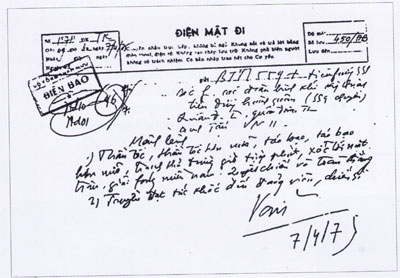 |
| A telegram from General Vo Nguyen Giap dated April 7, 1975. (Archival photo) |
At the General Headquarters, in late March 1975, at the request of the General Staff, in order to promptly encode and transmit important telegrams from the Politburo , the Central Military Commission, and the General Staff to the battlefields, the Cryptography Department sent a cryptography team to the Central Military Commission to work. There, the most urgent and top-secret telegrams were encoded, decoded, and transmitted accurately, promptly, and safely by the cryptography team, bearing the signatures: Ba (Le Duan); Truong Chinh; To (Pham Van Dong); Van (Vo Nguyen Giap); Thanh (Hoang Van Thai); addressed to comrades: Sau (Le Duc Tho); Bay Cuong (Pham Hung); Tuan (Van Tien Dung)...
The cryptography team encoded and transmitted top-secret, extremely important, and urgent telegrams from the Party, the Central Military Commission, and the General Staff. Some telegrams were written by Comrade Le Duan himself; General Vo Nguyen Giap directly delivered the telegrams to the cryptography team; and sometimes Comrade Cao Van Khanh, Deputy Chief of the General Staff, or operational officers delivered them. In some telegrams, General Vo Nguyen Giap wrote a section and then gave it to the cryptography team to encode so that the information department could transmit that section. As soon as a telegram arrived, the cryptography team translated it and immediately forwarded it to the relevant leaders. Many telegrams were very long, but the transmission required utmost urgency, every minute had to be seized, such as the 10-page typed telegram from Comrade Le Duc Tho on April 25, 1975, reporting on the situation in the B2 battlefield. Some telegrams were 15-20 pages long, handwritten under extremely urgent conditions, demanding meticulousness and caution from the cryptography officers and staff. Although the work is very hard and requires utmost urgency, directly serving the leaders of the Party, State, and Army at the General Headquarters is a great honor and a source of pride for the officers and staff of the Cryptography Department in general and the Code Translation Department at the General Headquarters in particular.
Following the rapid advance of each army unit, news of victories from the battlefields poured in. The atmosphere at the General Headquarters' cryptography department was extremely urgent. The workload increased dramatically, and officers and staff immediately began processing documents. The speed of code translation increased continuously: seven minutes, six minutes, five minutes... Even more than four and a half minutes per telegram. Shortening even a minute at this time was invaluable. Many urgent telegrams were sent to the army units, urging them to accelerate their offensive. At the Eastern Command Headquarters, upon receiving a secret telegram, Comrade Le Trong Tan happily embraced cryptography officer Vu Van Canh and wrote on the telegram: "Bravo to the cryptography department, the information is very timely." Specifically, at 9:30 AM on April 7, 1975, the General Headquarters' cryptography department sent the urgent telegram No. 157/TK from General Commander-in-Chief Vo Nguyen Giap, conveying the order to units on the battlefield: "Speed, even greater speed, boldness, even greater boldness, seize every hour and every minute, rush to the front, liberate the South. Fight decisively and achieve total victory. Immediately transmit this to all Party members and soldiers."
 |
| Researchers from the Cryptography Department discuss the technical and tactical features of a newly completed cryptographic product. (Illustrative image: qdnd.vn) |
On April 14, 1975, the Politburo and the Central Military Commission approved the plan to liberate Saigon-Gia Dinh. The Code Translation Department encoded telegram No. 37/TK from the Politburo sent to the Campaign Command. At 7 PM the same day, the Campaign Command received a message stating: "Agreement: The Saigon Campaign will be named the Ho Chi Minh Campaign." On the afternoon of April 15th, at the Supreme Command Headquarters, General Vo Nguyen Giap instructed and assigned tasks to Comrade Nguyen Duy Phe, Director of the Cryptography Department: “During the recent exceptionally urgent fighting days of our army and people on the Southern front, the officers, soldiers, and personnel of the cryptography department have excellently fulfilled their duties. The Central Military Commission commends you all. The fighting is continuing and becoming more urgent and fierce as we approach the day of complete victory. The task of ensuring the secrecy, accuracy, and timeliness of the content of orders, leadership, and command of the Politburo, the Central Military Commission, and the General Staff is of decisive importance to the realization of the determination to liberate the South. All officers, soldiers, Party members, Youth Union members, and personnel of the Cryptography Department must have great determination and find every way to ensure that requirement is met.”
Following the Commander-in-Chief's directives, the cryptography officers and staff of the General Headquarters demonstrated a strong sense of responsibility, honed their resolve, improved their professional skills, and strived diligently, each working twice as hard, determined to successfully and excellently complete their assigned tasks. The cryptography team was constantly on duty, decoding telegrams from the General Headquarters to the battlefields and vice versa. Despite the intense pressure and continuous work, the cryptography officers and staff meticulously ensured the accuracy of every word, every idea, and every punctuation mark, reminding each other to be extremely careful, because even a single mistake or omission could have unimaginable consequences. The telegrams, delivered promptly to the battlefields throughout Southern Vietnam, served both as orders and as a call to arms for the officers and soldiers on the front lines.
On April 22, 1975, the Cryptography Department of the Cryptography Bureau decoded a telegram from the Politburo, signed by First Secretary Le Duan, to the Campaign Command: "The military and political opportunity to launch an offensive on Saigon has matured. We need to seize every day, promptly launch attacks against the enemy in all directions, without delay. You must immediately issue instructions for all directions to act promptly."
At 11:00 AM on April 24th, the General Headquarters' cryptography team decoded the telegram from Commander-in-Chief Vo Nguyen Giap with the content: General offensive on Saigon. At 5:00 AM on April 29th, our troops simultaneously opened fire and attacked Saigon. The cryptography team decoded and transmitted the telegram from the Politburo and the Central Military Commission to the Ho Chi Minh Campaign Command: "The Politburo and the Central Military Commission send greetings of decisive victory to all cadres, soldiers, party members, and union members. Comrades, bravely advance to achieve victory in this historic campaign named after the great President Ho Chi Minh."
At 10:00 AM the same day, the Cryptography Team coded and transmitted Telegram No. 149/TK from the Politburo and the Central Military Commission to the Ho Chi Minh Campaign Command with the following content: "Comrades, order our troops to continue the offensive on Saigon according to plan. Advance with the most powerful momentum! Liberate and occupy the entire city. Disarm the enemy army, dissolve the enemy's government at all levels, and completely crush all their resistance. Announce placing the city of Saigon-Gia Dinh under the authority of the Military Governing Committee chaired by General Tran Van Tra."
At 10:30 AM on April 30th, the General Headquarters' Cryptography Team decoded and transmitted a telegram from the Politburo and the Central Military Commission to the Ho Chi Minh Campaign Command with the content: "Force puppet President Duong Van Minh to surrender unconditionally." An hour later, Comrade Nguyen Duy Phe, Director of the Cryptography Department, read a telegram from Comrade Le Trong Tan, Deputy Chief of the General Staff and Deputy Commander of the Ho Chi Minh Campaign, reporting: A unit of the Eastern Command had planted the Liberation Army flag on the roof of the Independence Palace...
The 55 days and nights of the Spring 1975 General Offensive and Uprising involved massive forces and a vast battlefield, with unprecedented speed in the nation's history; requiring urgent and continuous command and control. Every cryptography officer and staff member, from the General Staff Headquarters to the forward command posts and units deployed to serve the rapid-moving troops on the battlefield, demonstrated a high sense of responsibility, overcoming hardships and sacrifices to successfully complete their tasks. They organized the decoding and translation of nearly 160,000 telegrams, of which over 70% were top-urgent. The General Headquarters' cryptography alone decoded, transmitted, and received nearly 41,000 telegrams promptly, accurately, secretly, and securely, including over 600 urgent telegrams, 139 special telegrams, and over 2,000 top-urgent telegrams translated immediately. In April 1975, approximately one encrypted telegram was transcribed every 80 seconds, fulfilling all leadership, guidance, and command requirements of the Politburo, the Central Military Commission, and the General Staff regarding the battlefields, making a worthy contribution to the nation's overall victory and realizing President Ho Chi Minh's wish to "drive out the Americans and overthrow the puppet regime."
HOANG VAN QUAN
Source: https://www.qdnd.vn/quoc-phong-an-ninh/xay-dung-quan-doi/co-yeu-quan-doi-phuc-vu-tong-hanh-dinh-gop-phan-lam-nen-dai-thang-826057




![[Photo] Prime Minister Pham Minh Chinh holds a phone call with the CEO of Russia's Rosatom Corporation.](/_next/image?url=https%3A%2F%2Fvphoto.vietnam.vn%2Fthumb%2F1200x675%2Fvietnam%2Fresource%2FIMAGE%2F2025%2F12%2F11%2F1765464552365_dsc-5295-jpg.webp&w=3840&q=75)

![[Photo] Closing Ceremony of the 10th Session of the 15th National Assembly](/_next/image?url=https%3A%2F%2Fvphoto.vietnam.vn%2Fthumb%2F1200x675%2Fvietnam%2Fresource%2FIMAGE%2F2025%2F12%2F11%2F1765448959967_image-1437-jpg.webp&w=3840&q=75)

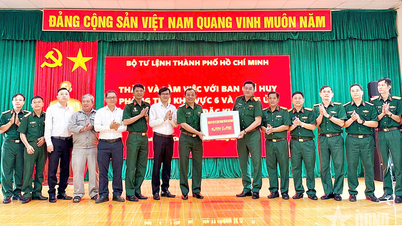
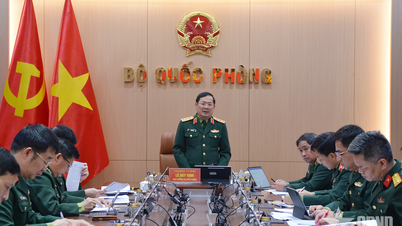
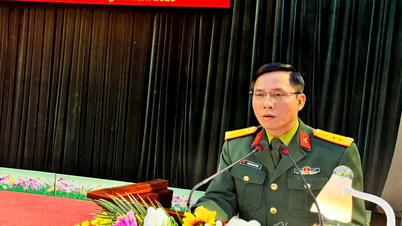
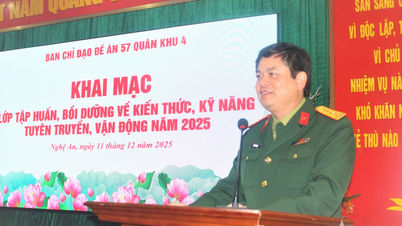
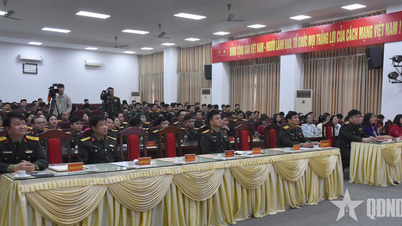





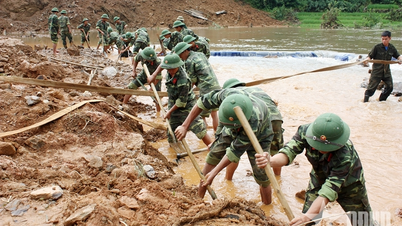
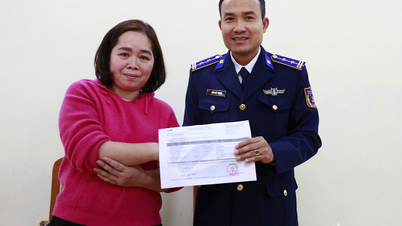
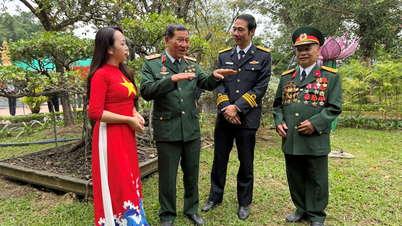
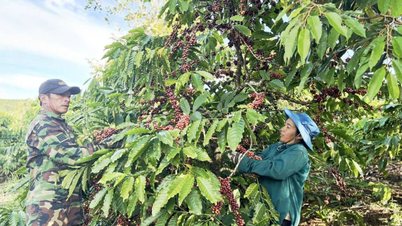
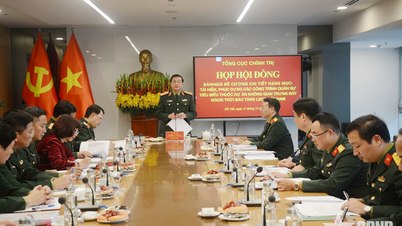
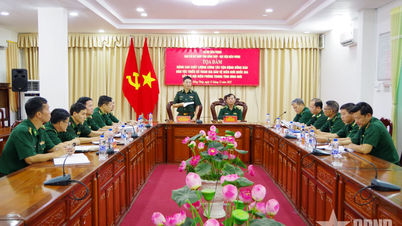
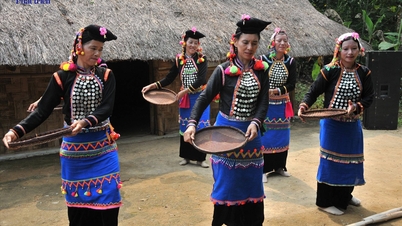

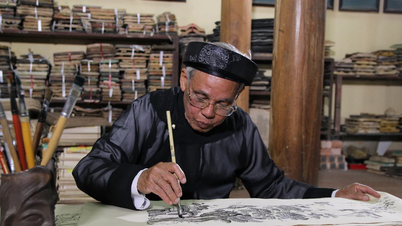

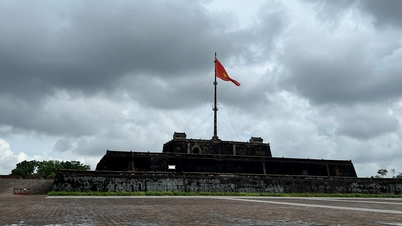

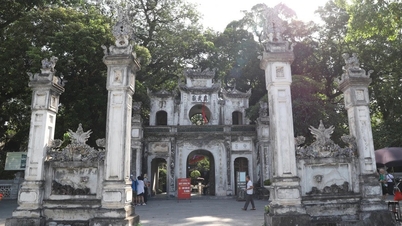

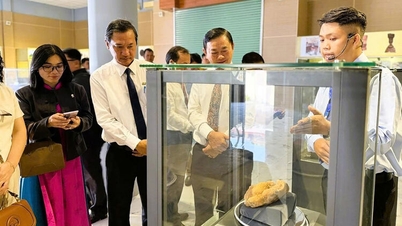

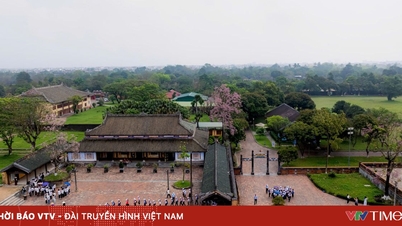



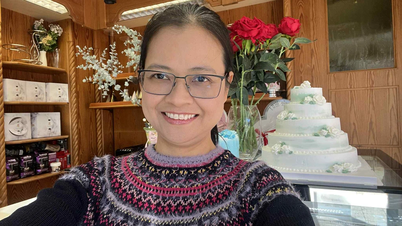

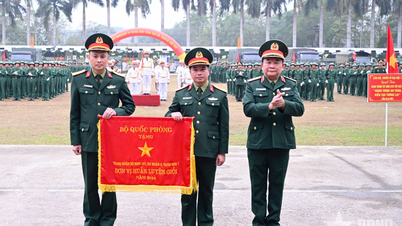
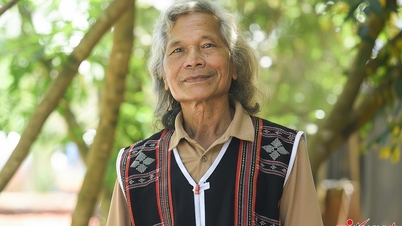



![[OFFICIAL] MISA GROUP ANNOUNCES ITS PIONEERING BRAND POSITIONING IN BUILDING AGENTIC AI FOR BUSINESSES, HOUSEHOLDS, AND THE GOVERNMENT](https://vphoto.vietnam.vn/thumb/402x226/vietnam/resource/IMAGE/2025/12/11/1765444754256_agentic-ai_postfb-scaled.png)
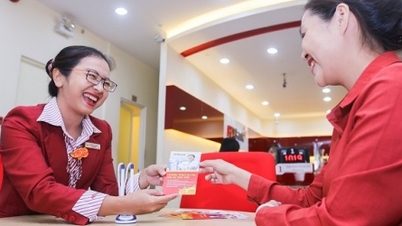


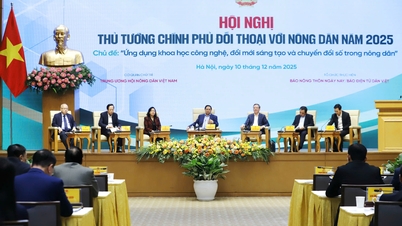








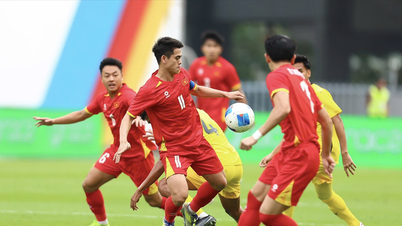

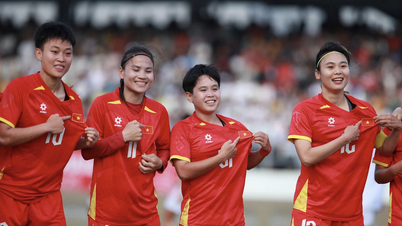

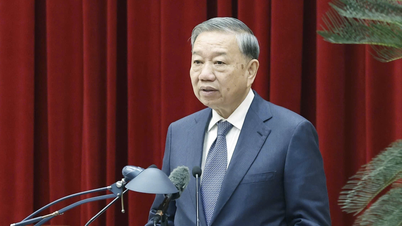
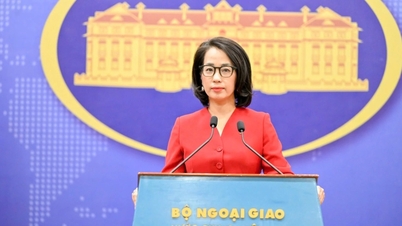

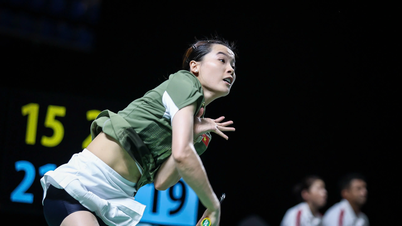
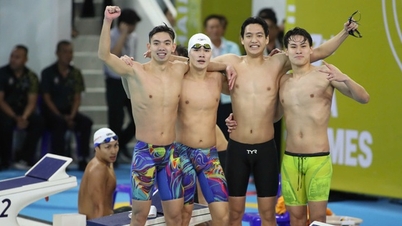

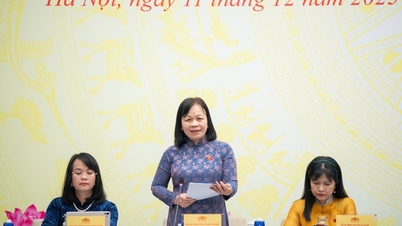



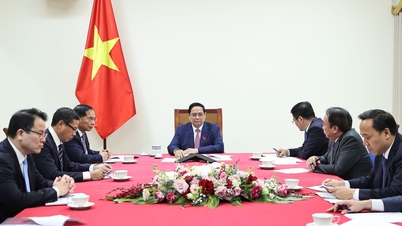

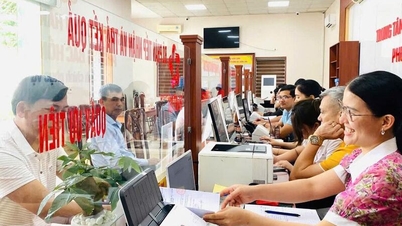
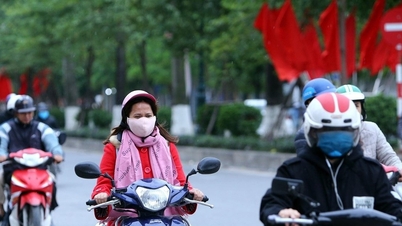

![[Infographic] Preventing students from making their own firecrackers: 7 things parents need to know](https://vphoto.vietnam.vn/thumb/402x226/vietnam/resource/IMAGE/2025/12/11/1765466656703_img_0320_20251211183542.jpeg)

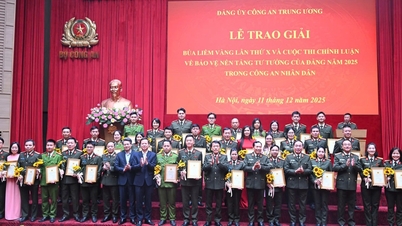


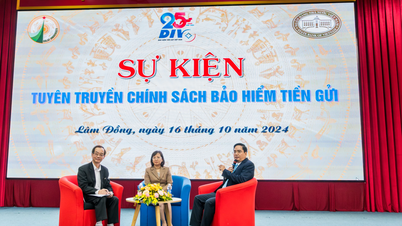

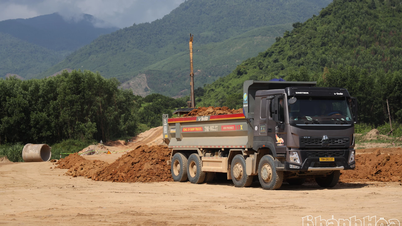














Comment (0)